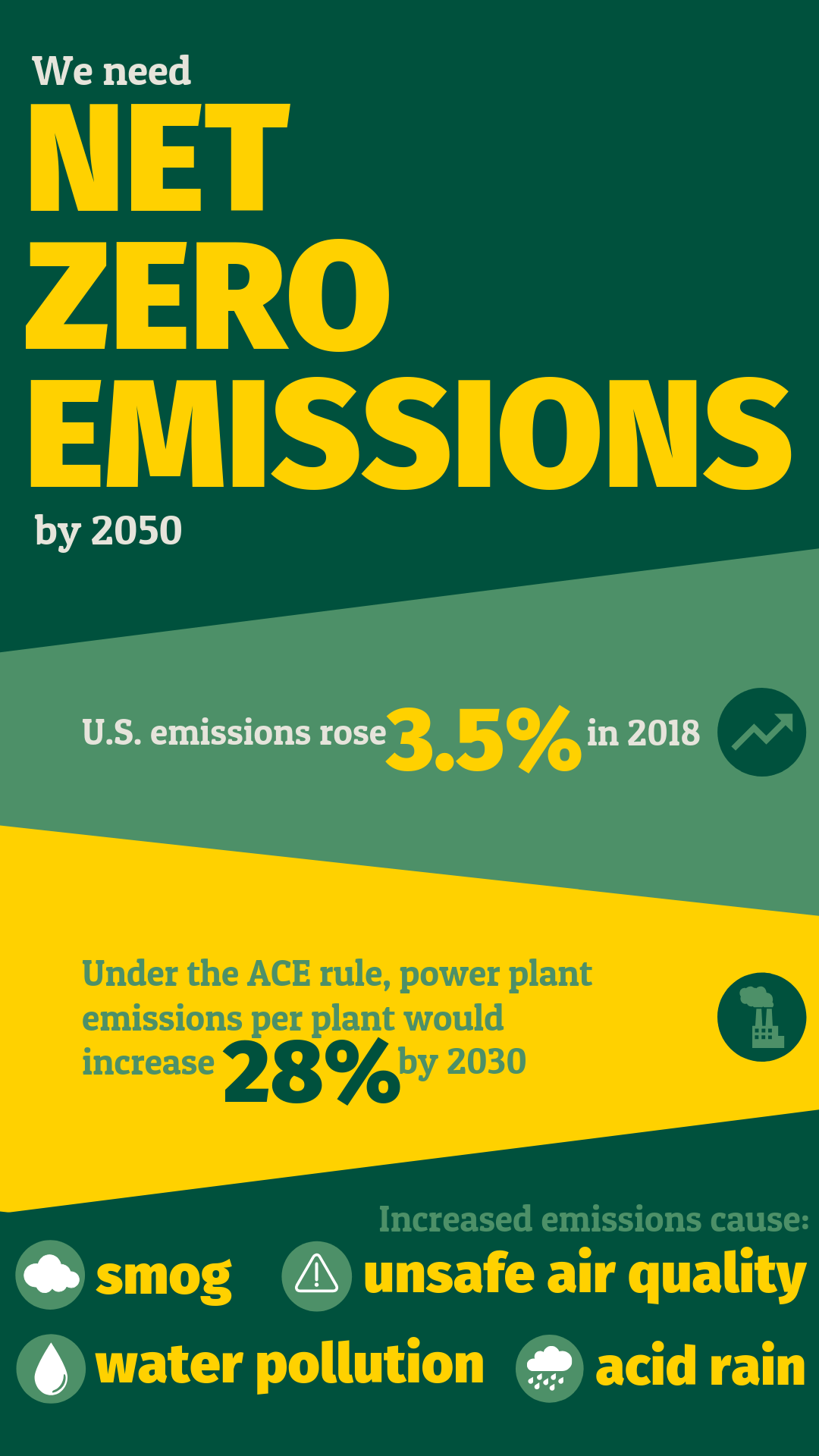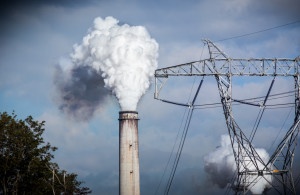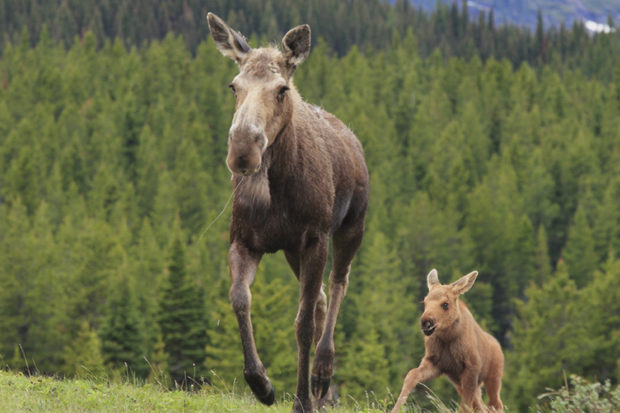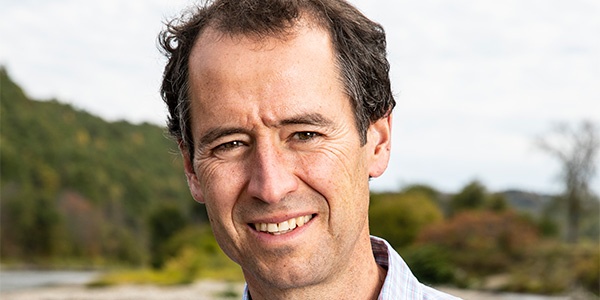We have much more to do and your continued support is needed now more than ever.
The Clean Power Plan replacement is a disaster for people and wildlife

On the heels of perhaps one of the most alarming reports that human activity – exacerbated by climate change – is on course to drive perhaps a million species to extinction within a generation or so, the Environmental Protection Agency is doing all it can to ignore this crisis. In 2015, the first ever federal carbon pollution standards for power plants, called the Clean Power Plan, went into effect. On June 19, 2019, the agency issued the so-called Affordable Clean Energy (ACE) plan to replace it.
The “Affordable Clean Energy” plan is anything but clean, and wildlife cannot afford it. It is an illegal giveaway to the fossil fuel industry that, according to a recent study in Environmental Research Letters and the Environmental Protection Agency’s own admissions, will likely increase emissions of harmful climate change causing greenhouse gases. The Environmental Protection Agency is legally required to reduce carbon emissions from the power sector.
Increasing Pollution
The Environmental Protection Agency’s new plan is not only substantially worse than the Clean Power Plan, which would have reduced emissions from the power sector 32 percent by 2030, but it is also worse than if the Environmental Protection Agency had chosen to do nothing at all. Consider some numbers:
- Scientists tell us we need to effectively achieve net zero economy-wide emissions by 2050.
- In 2018, U.S. emissions – reversing a recent downward trend – rose approximately 3.5 percent.
- Under ACE, emissions from the power sector will be 0.08 percent lower than no policy in 2030, and 0.06 percent higher than no policy by 2050.
- At the individual power plant level, the ACE rule will result in a 28 percent increase in emissions by 2030 compared to no policy.
- At the state level, emissions of acid rain-causing sulfur dioxide in 19 states are projected to increase by up to 148 percent by 2030, and smog-forming nitrogen oxide emissions are projected to increase by up to 9 percent in 20 states and the District of Columbia by 2030 compared to no policy. This means more poisoned lakes, streams, and rivers, and more days where the air quality makes it unsafe for many to be outdoors.

This is because, unlike the Clean Power Plan, which sets meaningful carbon pollution reduction limits through a flexible, systems-based approach to assess each state’s ability to switch from dirty power sources like to coal to cleaner ones like wind and solar, the ACE plan focuses narrowly on efficiency – or heat rate – improvements at relatively dirty coal plants. So, instead of encouraging a shift in power generation from dirty sources to clean sources – a trend the market is already favoring – the replacement plan seeks efficiency improvements to coal plants to keep them running.

Instead of encouraging the replacement of dirty coal plants with low or no emitting generating sources like wind or solar, this new approach will have a “rebound effect.” In short, rather than replacing dirty sources with clean ones, efficiency improvements will result in dirty plants running for longer periods at slightly lower levels of pollution, increasing total pollution output. It’s as if instead of trading in your combustion engine car for an electric car, you make your combustion engine slightly more efficient and then drive it more. Plus, the ACE rule then let states relax standards for coal plants that need pollution control upgrades, making matters even worse.
The Climate Crisis and Wildlife
As a spate of recent reports make clear, we have no time to waste in addressing the climate crisis and reducing emissions. The Administration’s ACE rule – like so many of its policies – moves insolently and irresponsibly in the opposite direction.
Our wildlife are in crisis, with a third of American species in decline, and Americans are demanding action. Climate change is a multiplying factor driving this decline. We are on the cusp of runaway climate change, which will push myriad species and ecosystems – already under stress – to the breaking point.
Lovers of the outdoors are witnessing the effects on a daily basis. Streams are becoming too warm for trout, moose are declining in northern states due to increasing temperatures that allow parasitic ticks to weaken moose calves, habitat for pika and wolverines is shrinking, sea level rise is claiming breeding habitat for sea turtles and shore birds, coral reefs are collapsing, unprecedented megafires are transforming our forests, and a host of other climate related threats is increasing in intensity every year, with dire effects.

We Cannot Wait To Act
Despite the Administration’s recalcitrance, we need to move now to reduce emissions. Opportunities exist in Congress. A bill introduced in April – the Climate Action Now Act – would prohibit the administration from using taxpayer funding to pull the U.S. out of its international commitments to lower emissions so as to keep warming levels safe. The House of Representatives wisely passed the Climate Action Now Act this month. We now look to the Senate to take up a similar measure.
Additionally, we can invest in infrastructure that will lower emissions through increased efficiency, investments in rebuilding and restoring natural systems that protect communities and sequester carbon, development of clean energy and smarter transportation and urban design, and investments that will allow fossil fuel dependent regions to reduce emissions and grow strong local economies based on cleaner technologies. These investments can gain bipartisan support and serve as a down payment on future actions to reduce emissions and transform our economy.

Meanwhile, states, cities, and the private sector must continue to make decisions that advance clean energy. The market is already favoring clean sources like wind and solar. And offshore wind, which is now spinning off the coast of Rhode Island and has gained substantial commitments from populated, coastal states in the Northeast and Mid-Atlantic, promises a vast, new source of clean, wildlife friendly energy.
In the meantime, harmful, backward looking plans like the ACE rule need to be shelved. If this Administration can’t lead on addressing the climate crisis, it should at least step aside and let Congress and the states step up.
ACT NOW: Urge Congress and Your Governor to take meaningful action to address the climate crisis before it’s too late.
Take Action!






















